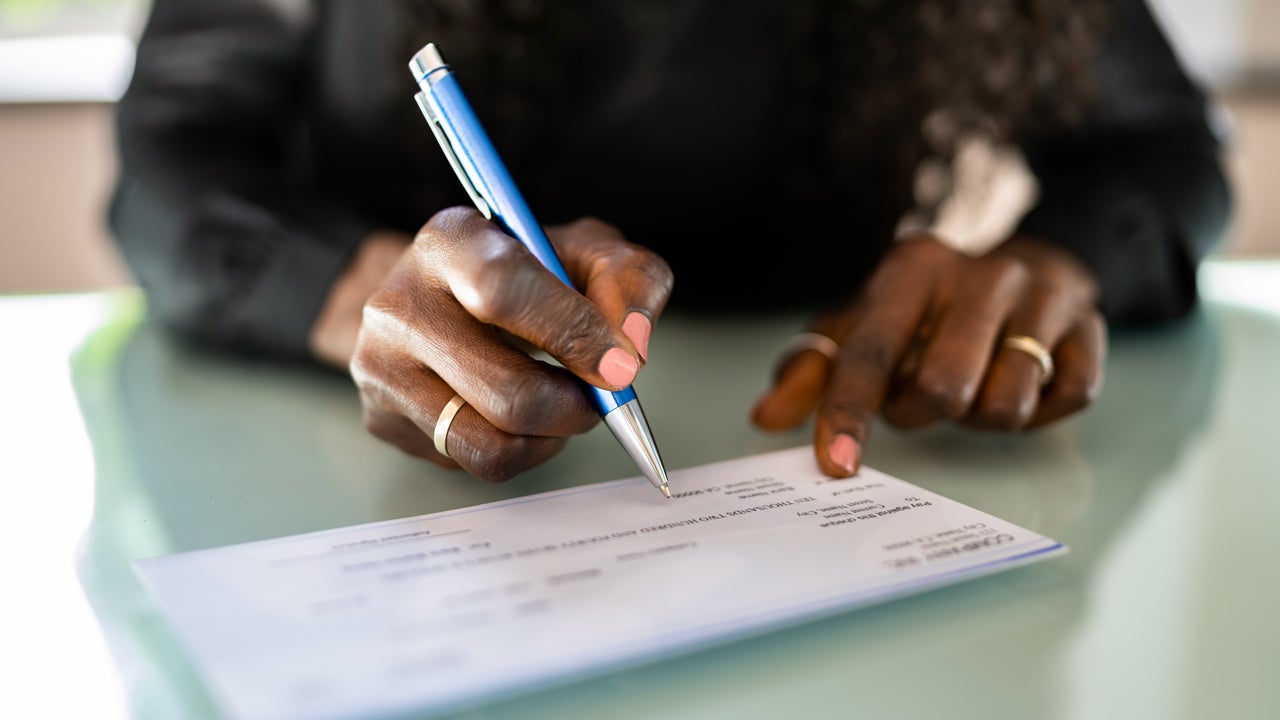4 top features of trustworthy banks

Trust is a vital aspect of banking relationships. In fact, distrust of banks is the second-most cited reason for people not having a bank account, making up 13.2 percent of unbanked individuals, according to the Federal Deposit Insurance Corp. Consumers want to trust their banks, since banks deal with one of the most vital aspects of a person’s everyday life and overall well-being — their money.
A couple of high-profile bank collapses in March may have stoked uncertainties about whether it’s safe to keep money at your bank.
Generally, as long as the account balances fall within FDIC guidelines, your money is guaranteed protection by the U.S. government. But there may be other concerns besides the liquidity of your money. That might include having access to reliable support, having protection against fraud and hackers and avoiding unexpected or unnecessary charges.
Here are four essential features to look for in a bank you can trust.
1. FDIC insurance coverage
The first step when researching a bank’s trustworthiness is to see if it’s government-insured. If the bank is federally chartered, then it will likely come with FDIC insurance. In rare cases, the bank may be backed by another form of government insurance. (Deposits at the Bank of North Dakota, for example, are backed by the State of North Dakota, rather than the FDIC.)
The FDIC insures deposits of up to $250,000 per depositor, per account type in the U.S. That means that when a bank fails, the FDIC will cover up to this amount of insured deposits. Though the FDIC guaranteed that uninsured deposits would be made whole in the cases of the Silicon Valley Bank and Signature Bank failures, this was a rare exception made to prevent systemic risk. It’s still important to make sure your deposits fall within the insurance limits.
2. Strong financial stability
A bank’s financial stability is critical as it ensures that your money is secure and that your banking relationship won’t be interrupted by the bank’s financial woes.
There are a few indicators for determining a bank’s financial stability:
- Financial statements: Banks are required to submit financial statements annually to regulatory agencies. Financial statements show the bank’s financial performance, including its assets, liabilities and equity. Reviewing these statements can give you an idea of the bank’s financial stability.
- Credit ratings: Banks are assigned credit ratings by various credit rating agencies, such as S&P Global and Moody’s. These ratings are based on the bank’s financial strength, liquidity and risk management practices. They account for what the bank’s balance sheet and financial statements look like. A lower or negative score indicates that the bank is facing greater risk.
- Stress tests: Stress tests are used by federal regulators to assess a bank’s ability to withstand financial difficulties. They simulate adverse economic scenarios, such as a recession, and evaluate how the bank would perform under such conditions. Reviewing a bank’s stress test results can give you an idea of how fortified the bank is against economic hardships.
3. Transparent fees
Banks make money by charging fees, and some banks can have hidden fees that can eat into your savings. It’s important to review a bank’s fee schedule before opening an account to understand the costs and avoid surprise charges. A trustworthy bank should have transparent fees, and their representatives should be willing to explain any fees you may have questions about.
Some common fees to look out for include:
- Monthly maintenance fees
- Overdraft/NSF fees
- Out-of-network ATM surcharges
- Early withdrawal penalties (for certificates of deposit)
4. Customer service
A trustworthy bank should have customer service that is easy to contact and helpful for answering questions. When you have a question or concern, you want to be able to speak to a representative who can assist you promptly and provide clear information.
The bank’s customer service hours should be disclosed on the bank website. There may also be an online contact form or chat service. Reliable customer service means that you can get help when you need it and can trust the bank to help you find the best ways to meet your financial needs.
Big banks vs. community banks
Big, national banks and smaller, community banks may build trust with their customers in different ways, but that doesn’t necessarily mean one is more trustworthy than the other.
Big banks are often seen as more established and financially stable due to their size and national presence. They may offer a wider range of products, including both in-person and online banking and investment services. However, they may also have higher fees and be less flexible with their policies.
On the other hand, regional or community banks are typically locally owned and operated, serving a specific geographic area or community. They may offer a more personalized banking experience, with a focus on customer service and community involvement. However, they may have fewer products, and their smaller presence can make it more difficult to access banking services when traveling or relocating.
Here are some of the ways that each type of bank can develop trust with their customers:
| Big banks | Community banks |
|---|---|
| Brand recognition: A familiar name with a historical reputation can help customers feel more comfortable storing their funds at the institution. | Personal relationships: Local banks often prioritize building personal relationships with their customers, taking the time to understand customers’ financial needs and goals. |
| Financial strength: Big banks are often more financially stable due to their size and widespread presence. | Community involvement: Banks that sponsor local events, support charities and offer educational programs can help build trust among customers that value community. |
| Technology: Big banks may invest heavily in technology to offer highly secure and convenient digital services. | Flexibility: Smaller banks may be more flexible with their policies and fees, as they have more autonomy than big banks, making it easier for customers to get loans or other financial products. |
Online banks
Nearly a third (30 percent) of consumers say they don’t have an online savings account because they’re concerned about the security of their money, according to Bankrate’s Online Savings Survey. But online bank accounts can be very appealing, since they typically come with much higher savings yields than brick-and-mortar banks and may charge fewer fees.
If you’re considering opening an account at an online bank, first look for FDIC insurance. Online banks usually are federally insured just as any other bank would be. That means your money comes with the same protections: $250,000 per depositor, per account ownership type.
Some other ways you can determine if an online bank is trustworthy include:
- Security measures: Online banks should have strong security measures in place, such as two-factor authentication, encryption and fraud monitoring to protect your personal information.
- Online reviews: Check online reviews of the bank you’re considering. Sometimes reviews can give a general impression of what customers’ experiences with the bank have been like. Keep in mind, though, that reviews can be biased, so try reading a variety of reviews from different sources.
- Customer support: Just because online banks don’t have branches doesn’t mean they shouldn’t have a customer support team available to assist you. Check if the bank has a customer support hotline or chat service available, and test it out before opening an account. You could ask about a fee schedule, for example, and see if you get a prompt, clear response.
Bottom line
When it comes to choosing a trustworthy bank, it doesn’t much matter whether it’s a big bank, a community bank or an online bank. What’s more important is that the bank is insured, financially stable and transparent and that it offers reliable customer service.
Also, keep in mind that even the possibility of a bank failing doesn’t mean your deposits will be lost. If your balance falls within FDIC limits, it’s federally protected. You can even split your funds between multiple FDIC-insured banks to take advantage of the best services and products of each.
One useful place to start for comparing and researching banks is Bankrate’s bank reviews, which rank and compile the best banks across a number of categories.






